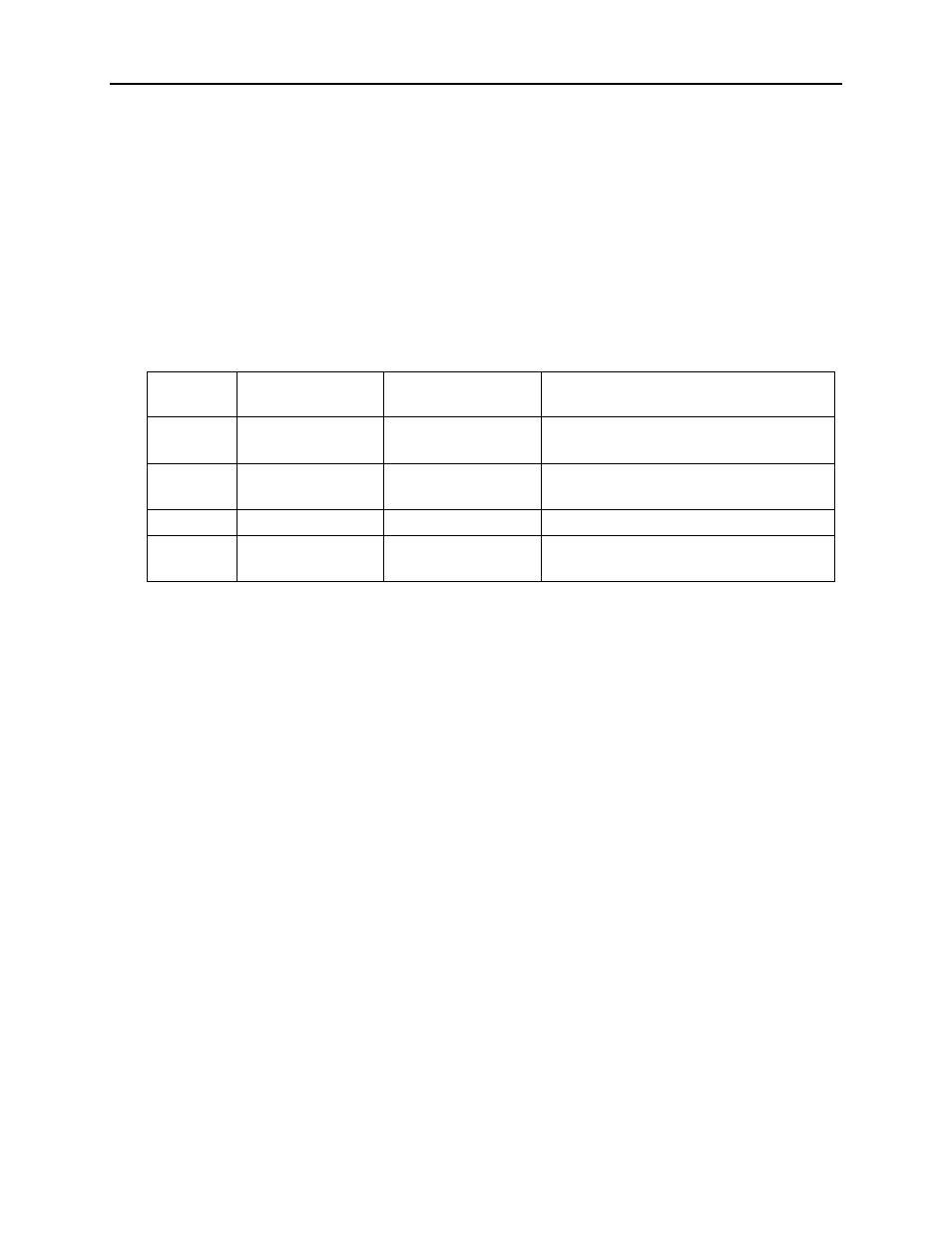Scanner instruction manual – Precision Digital PD6080 User Manual
Page 64

PD6080/PD6081 Super Snooper Modbus
Scanner Instruction Manual
64
Pump Alternation Control Applications (Altern)
For pump control applications where two or more similar pumps are used to control the level of a tank or a
well, it is desirable to have all the pumps operate alternately. This prevents excessive wear and
overheating of one pump over the lack of use of the other pumps.
Up to 8 relays can be set up to alternate every time an on/off pump cycle is completed. The set points
and reset points can be programmed, so that the first pump on is the first pump off.
Application #1: Pump Alternation Using Relays 1 & 2
1. Relays 1 and 2 are set up for pump alternation.
2. Relays 3 and 4 are set up for low and high alarm indication.
Set and Reset Point Programming with Pump Alternation
Relay
Set Point
Reset Point
Function
1
30.000
10.000
Controls pump 1 & 2
2
35.000
5.000
Sets dual pump trigger
3 4.000 9.000
Controls
low
alarm
4
40.000
29.000
Controls high alarm
Pump Alternation Operation
1. Pump #1 turns on when the level reaches 30.000, when level drops below 10.000 pump #1 turns off.
2. The next time the level reaches 30.000, pump #2 turns on, when the level drops below 10.000, pump
#2 turns off.
3. If the level doesn’t reach 35.000 pump #1 and pump #2 will be operating alternately.
4. If pump #1 cannot keep the level below 35.000 pump #2 will turn on at 35.000, then as the level drops
to 10.000 pump #1 turns off, pump #2 is still running and shuts off below 5.000.
5. Notice that with the set and reset points of pump #2 outside the range of pump #1, the first pump on
is the first pump to go off. This is true for up to 8 alternating pumps, if set up accordingly.
6. Relay #3 will go into alarm if the level drops below 4.000 and relay #4 will go into alarm if the level
exceeds 40.000.
7. Adding the 4 external relays expansion module allows using the 4 SPDT internal relays for pump
alternation and the 4 SPST external relays for high, high-high, low, and low-low alarm indication.
